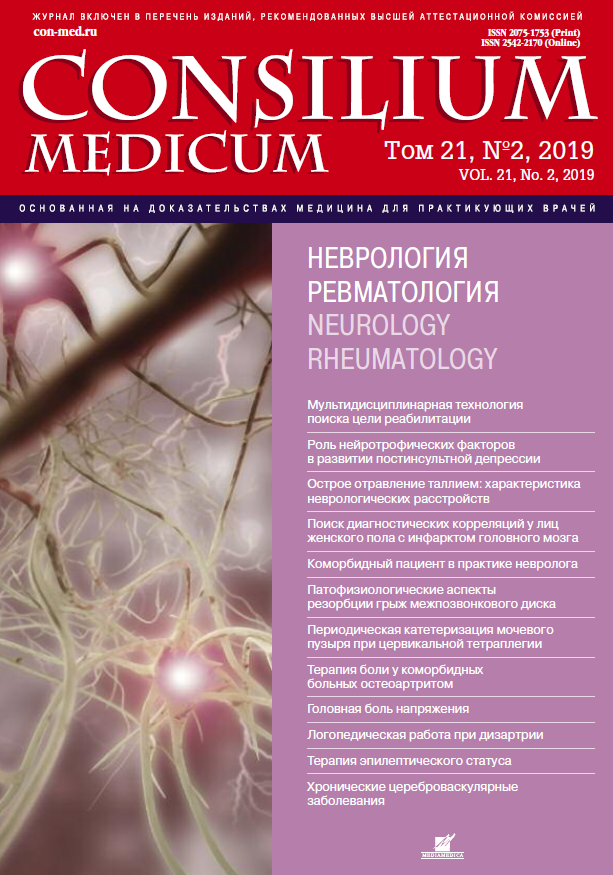Application of the robotized mechanotherapy for patients with motive violations in the late recovery period
- Authors: Mizieva Z.M.1, Shirshova E.V.2, Akarachkova E.S.3
-
Affiliations:
- Federal Research Center for Specialized Types of Medical Assistance and Medical Technologies of FMBA of Russia
- Institute of Professional Development of FMBA of Russia
- International Society of Stress "Stress under Control"
- Issue: Vol 21, No 2 (2019)
- Pages: 110-113
- Section: Articles
- URL: https://bakhtiniada.ru/2075-1753/article/view/96916
- DOI: https://doi.org/10.26442/20751753.2019.2.180059
- ID: 96916
Cite item
Full Text
Abstract
Keywords
Full Text
##article.viewOnOriginalSite##About the authors
Zakhira M. Mizieva
Federal Research Center for Specialized Types of Medical Assistance and Medical Technologies of FMBA of Russia
Email: ovod_0907@mail.ru
neurologist Moscow, Russia
Elena V. Shirshova
Institute of Professional Development of FMBA of Russia
Email: shirshova60@rambler.ru
д-р мед. наук, проф. каф. нервных болезней и нейростоматологии Moscow, Russia
Elena S. Akarachkova
International Society of Stress "Stress under Control"
Email: nevrorus@mail.ru
D. Sci. (Med.), Corr. Memb. RANS, president Moscow, Russia
References
- Emery C.A, Rose M.S, McAllister J.R et al. A prevention strategy to reduce the incidence of injury in high school basketball: A cluster randomized controlled trial. Clin J Sport Med 2007; 17: 17-24.
- Brokaw E.B, Nichols D, Holley R.J et al. Robotic therapy provides a stimulus for upper limb motor recovery after stroke that is complementary to and distinct from conventional therapy. Neurorehabil Neural Repair 2014; 28: 367-76.
- Mang C.S, Campbell K.L, Ross C.J, Boyd L.A. Promoting neuroplasticity for motor rehabilitation after stroke: considering the effects of aerobic exercise and genetic variation on brain-derived neurotrophic factor. Phys Ther 2013; 93 (12): 1707-16.
- Ivey F.M, Ryan A.S, Hafer-Macko C.E, Macko R.F. Improved cerebral vasomotor reactivity after exercise training in hemiparetic stroke survivors. Stroke 2011; 42 (7): 1994-2000.
- Альтман Д.А., Карпова М.И., Долганов М.В. и др. Опыт применения виртуальной реальности в восстановлении двигательной функции верхней конечности в остром периоде инсульта в Челябинской областной клинической больнице. Вестн. Челябинской областной клинической больницы. 2016; 1 (31): 52-5.
- Langhorne P, Bernhardt J, Kwakkel G. Stroke rehabilitation. Lancet 2011; 377: 1693-702.
Supplementary files






